Sounds from every prefecture across Japan and representing the nation's cultural and natural heritages managed to find their way on to a final list of one hundred sounds. These sounds, the 100 Soundscapes of Japan, represent an ingenious effort by Japan's Ministry of the Environment to combat noise pollution and encourage a sense of awareness and pride in the local environment.
Tokyo, of course, features on the list. The city's massive political, economical and cultural influence, however, beats little weight - the four choices selected represent a dedicated effort to find favour with nature and seek inspiration from the past.
That past is clearly seen in downtown Shibamata in Katsushika City. A bastion of retro culture and Edo period merchants, the town's temple neighbourhood finds itself clamoured with Edo-styled commerce and the cut-cut of confectionery blades preparing traditional Japanese sweets.

Shimabata's ambience is complemented by the nearby Edogawa river and its Yagiri no Watashi ferry crossing. The last such Edo period crossing left in Tokyo, the sounds of the oars brushing against the currents and the cries of the river's waterfowls are a reminder of days long gone.

Over one hundred zelkova trees have stood for almost one hundred years looking down upon the students of Seikei University. These trees, in Kichijoji, with their gentle rustling, delight early morning visitors who have the best chance to experience the ephemeral sounds of nature observing.

The Tokugawa Shogunate created a time-keeping system for old Edo that saw the city dotted with ten bell towers. The one remaining active bell can be found in Ueno Park. Now only ringing three times per day, Ueno's Bell of Time winds back the clock on the role Ueno played in Japan's history.

Shakujii Park is one of the unsung oases of Tokyo. Located in Nerima, the park's Sanpoji Pond is Tokyo’s nod to the natural world. A bastion of waterfowl, their cries are heard in natural rhythm with the rustling breezes of the pond's flora and the lullaby lapping of its gentle waters.

Whether you visit one or all of Tokyo's representatives on the 100 Soundscapes of Japan list, the capital's aural soundmarks offer an innovatively personal opportunity to sample its history and heritage.


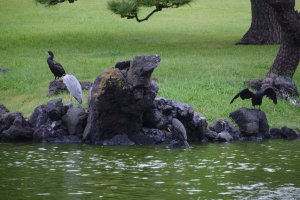
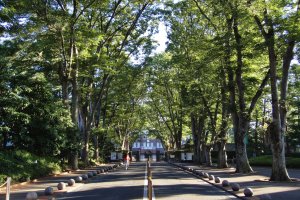
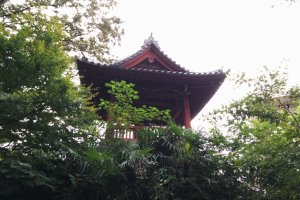
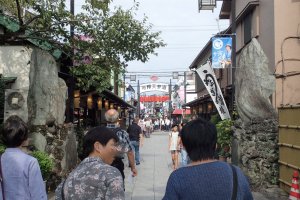
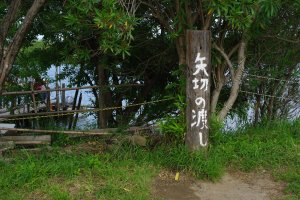
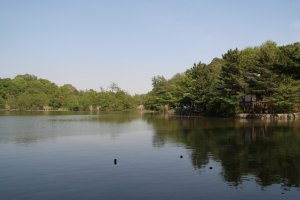




















Looking forward to your articles Elena.